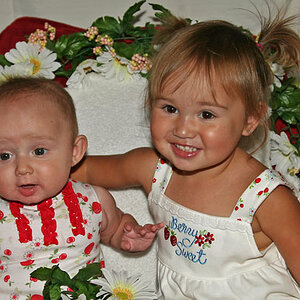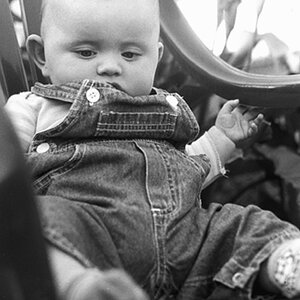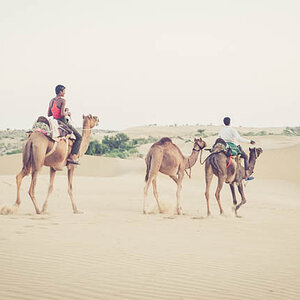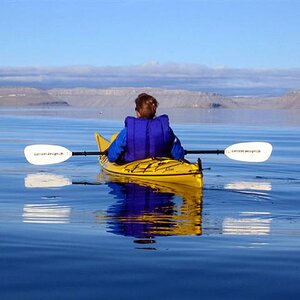bentcountershaft
Been spending a lot of time on here!
- Joined
- Nov 1, 2009
- Messages
- 2,551
- Reaction score
- 1,061
- Location
- Southern Indiana, USA
- Can others edit my Photos
- Photos OK to edit
If you go full frame the heavens will open and glory will shine down upon you. You will become the Dos Equis guy. You will be the most interesting man in the world. Your blood will smell like cologne. If you mail a letter with no stamp, it will still be delivered. Sharks will dedicate a week to you. Your personality will be so magnetic you won't be able to carry credit cards. The bulls in Pamplona will run from you.



![[No title]](/data/xfmg/thumbnail/35/35960-06c2714b6ed3da761ad1b4a0a0f6cb11.jpg?1619737275)

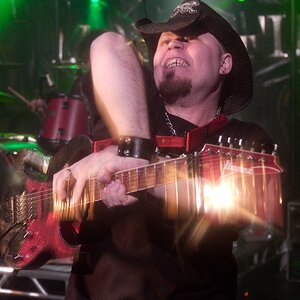
![[No title]](/data/xfmg/thumbnail/37/37606-3c9ffb5906173fa2aa489341967e1468.jpg?1619738148)

